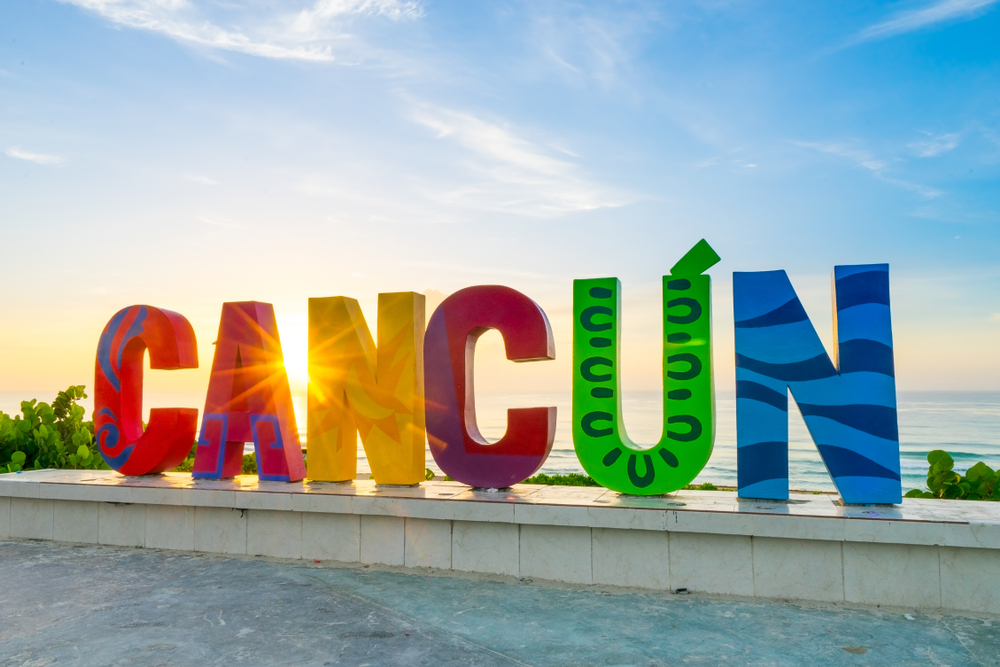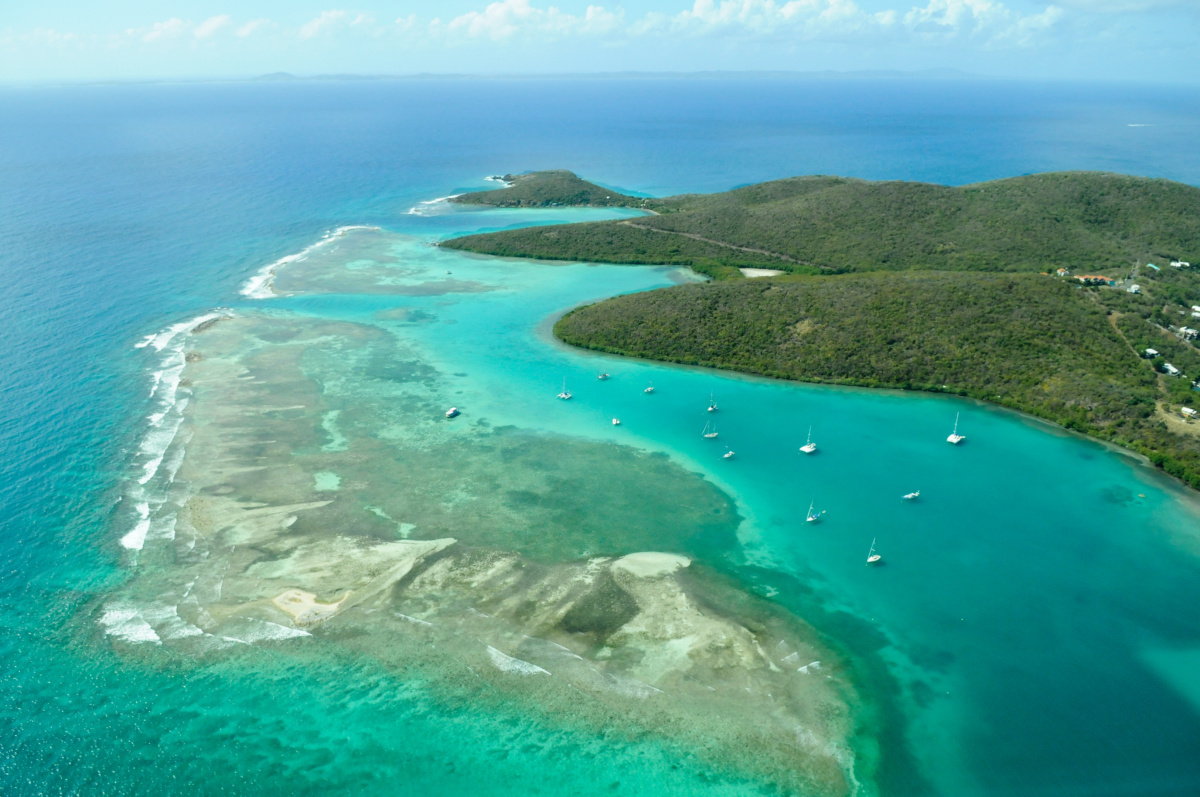If you want to visit one of the most beautiful parts of the world then New Caledonia is the place to go. I’m soon to travel to this fascinating country so I’ve put together some New Caledonia facts to make it a memorable holiday.
Located nine hundred miles east of Australia, in the South Pacific, lie the splendid New Caledonia archipelagos. Nature has blessed this part of the world with a diversity of natural beauty found in few other places.
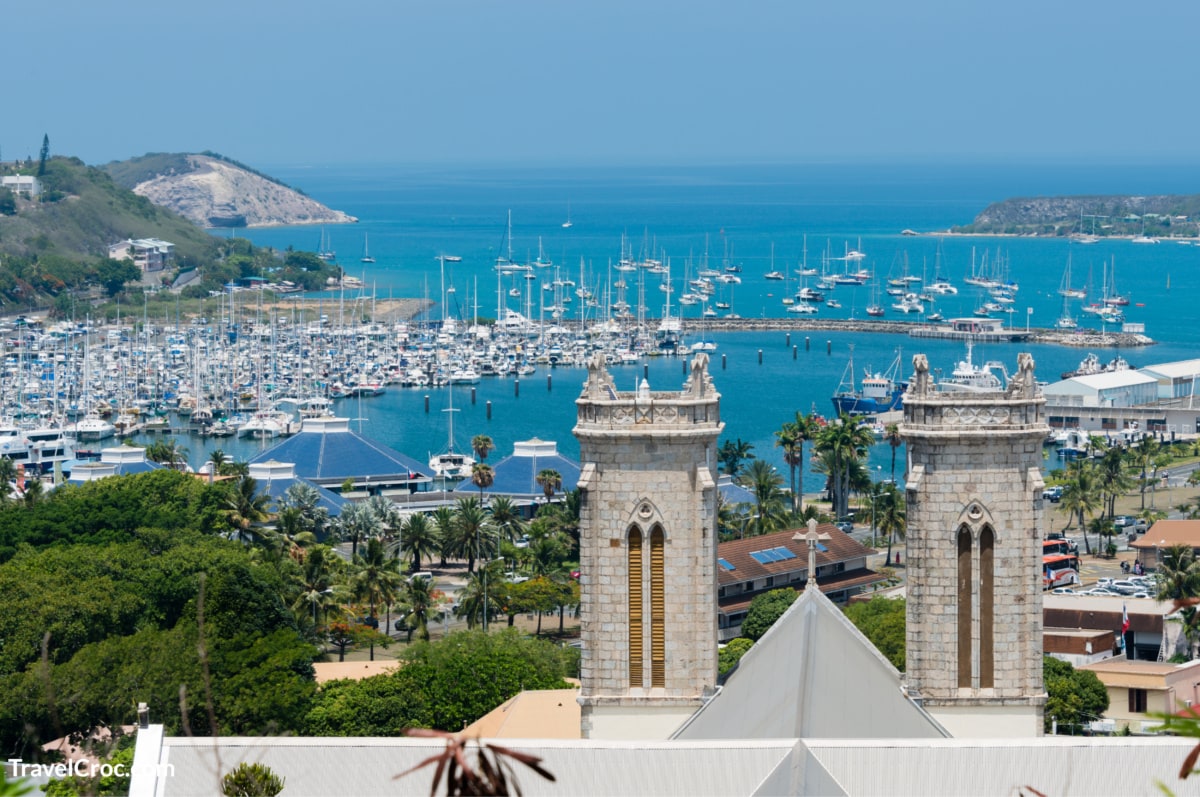
The mountains, dressed in lush rain forests range across the main island, of the same name. Also known as Grand Terre, this is the largest island in the country and is home to 90% of the population.
The largest lagoon in the world encircles the island. Its warm blue waters lap the stark white sands an invitation to sun-lovers throughout the year.
The lagoon, measuring 9,000 square miles is a UNESCO World Heritage site. The barrier reef that surrounds it hosts exceptional marine wildlife drawing dive enthusiasts from around the world.
Read on as I’ll be going through all the interesting New Caledonia facts this region has to offer.
New Caledonia History Facts
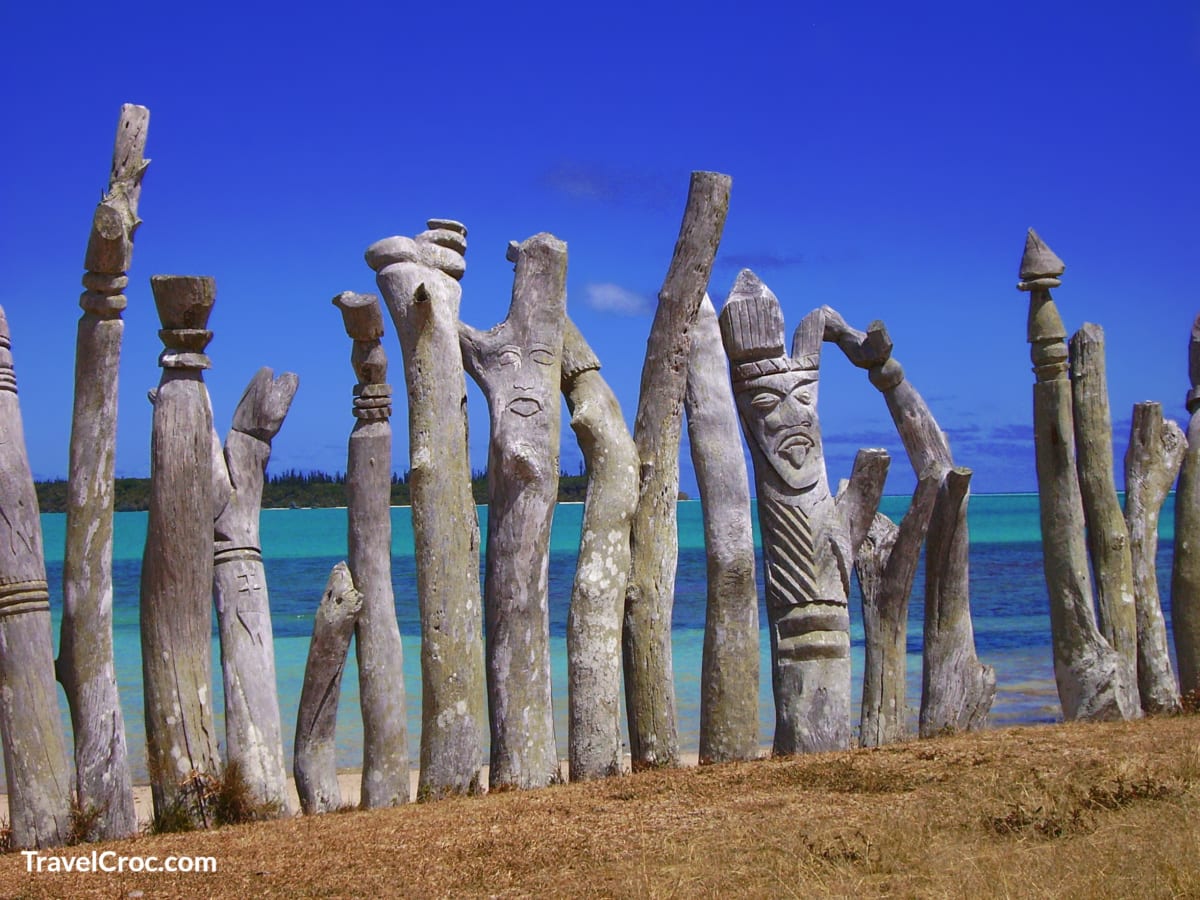
The British navigator, James Cook happened upon New Caledonia in 1774. The mountainous landscapes on the main island reminded him of his Scottish homeland. So, he named the island New Caledonia.
At the time, Melanesians lived on the island. These people had probably migrated to the islands from Papua, New Guinea, and Polynesia.
Europeans showed little interest in the territory until sandalwood traders arrived in 1840. On the 24th of September 1853, the French colonized New Caledonia.
To this day, despite much resistance from the local Kanaks, it remains a French Overseas Territory. The capital, Port-de France, now known as Nouméa was founded in 1854.
In 1864, Napoleon III turned New Caledonia into a penal colony. The French continued to send deportees to the island until they disbanded the penal colony in 1897. Over the period, more than 40,000 miscreants and political prisoners landed in New Caledonia.
During this time, there were many Melanesian uprisings. The most important took place in 1878.
During the Second World War, New Caledonia supported the Allies. The US set up its South Pacific headquarters in the capital, Nouméa, in 1942.
New Caledonia Cultural Facts
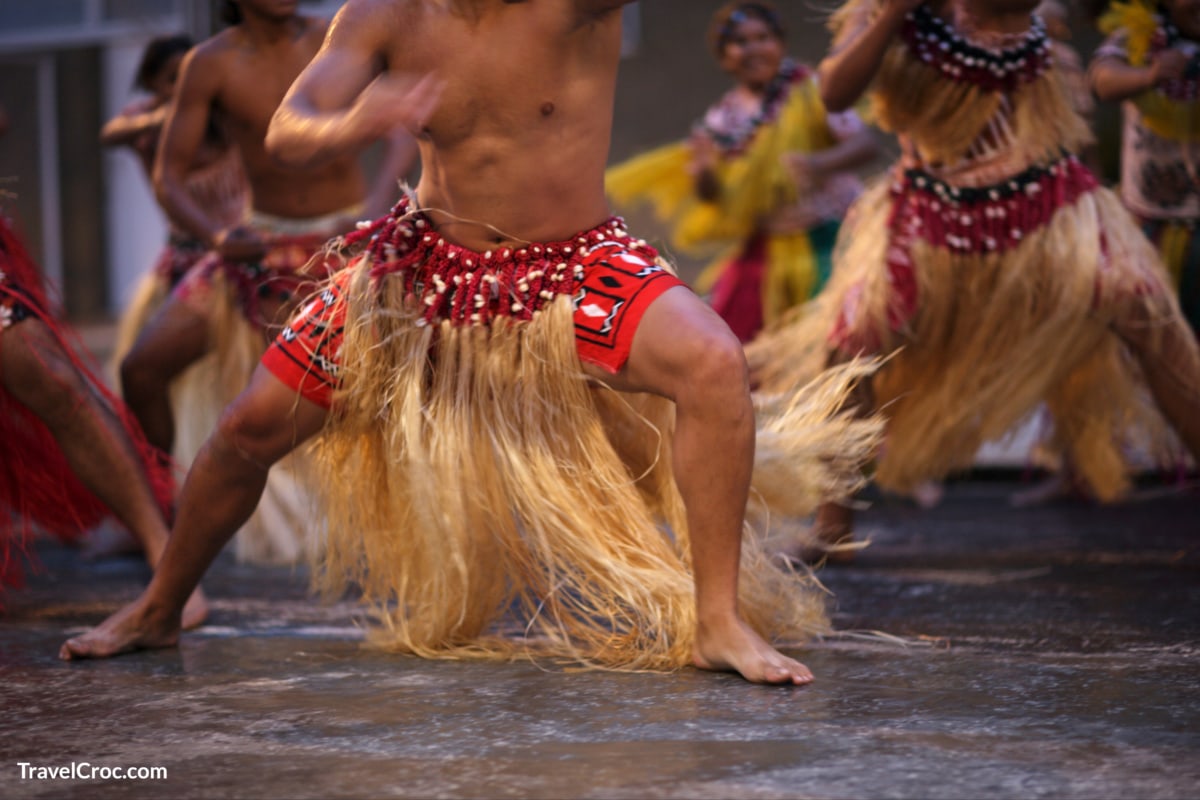
New Caledonia has a populace of around 272,000 people. The population is 39% Kanak (Melanesian). Twenty-seven percent are of European descent, though most were born on the islands. The rest are of mixed descent or come from areas other than Europe.
There is a distinct cultural difference between the Kanaks and Europeans. The Kanaks have always sought independence from France. Yet, the Europeans want to remain in the French fold.
One of the more interesting New Caledonia Facts is that there have been three referendums to decide the matter. None has, so far, resulted in independence.
Recommended Reading: Islands To Visit Nearby
Kanak culture
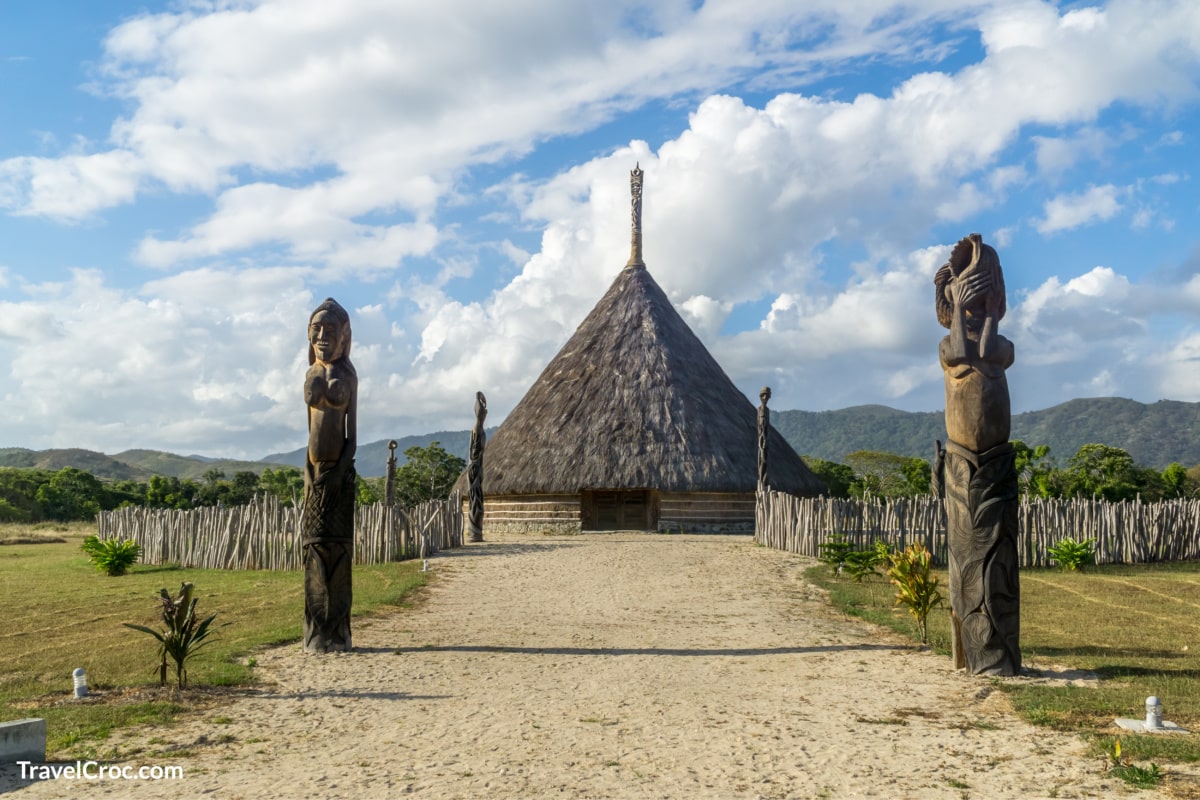
To the Kanak, nothing is more important than the clan and their ancestral links. The clan takes precedence over individual needs. This goes back to ancient times when tribes ensured that everyone in the clan was fed and sheltered.
Music and dance are an important part of the Kanak culture. Musical instruments include conch shells, percussion instruments, and bamboo flutes. Kanaks perform the traditional Pilou dance at festivals and ceremonies. The dance carries heavy symbolism and is deeply traditional.
French New Caledonians
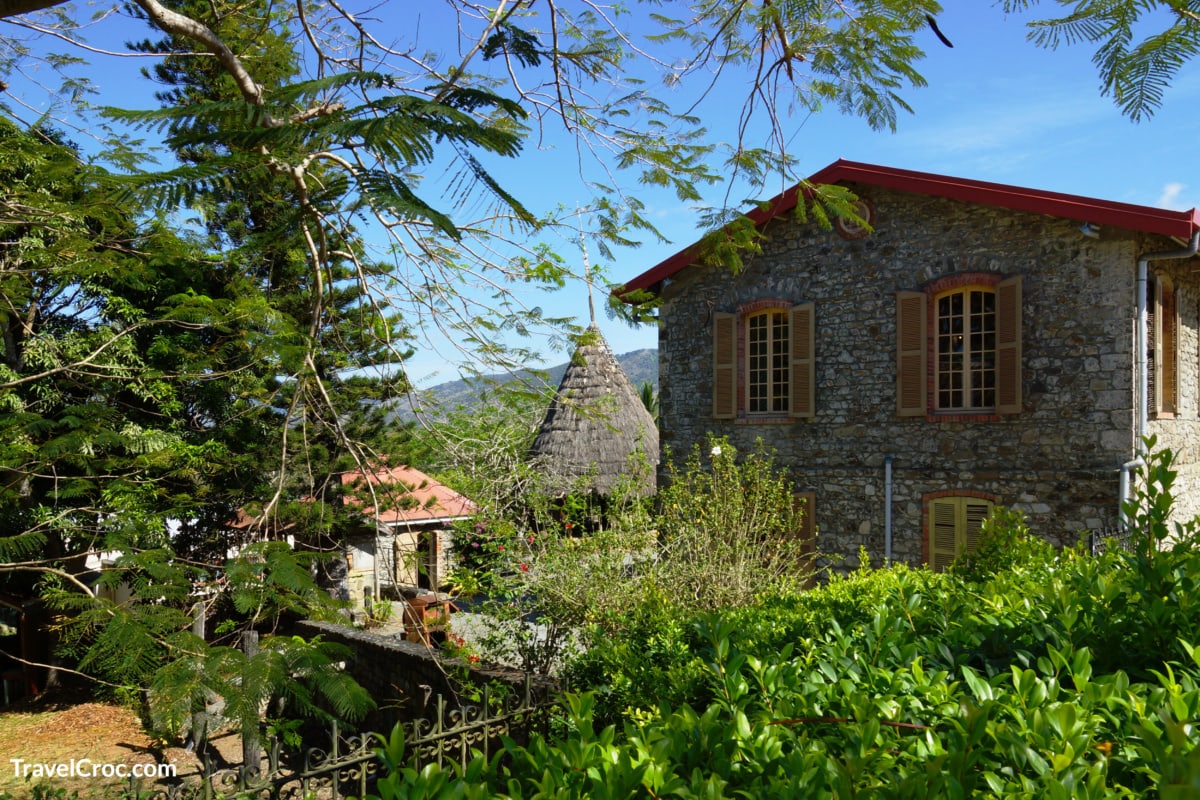
New Caledonians of European descent trace their heritage back to French convicts and nickel miners. They are known as Caldoches and have their own culture.
You will find examples of French architecture all over the capital city. Though French Caledonians are not as Eurocentric as you might expect. They are more rural in outlook enjoying country fairs, rodeos, and the like.
New Caledonia Food
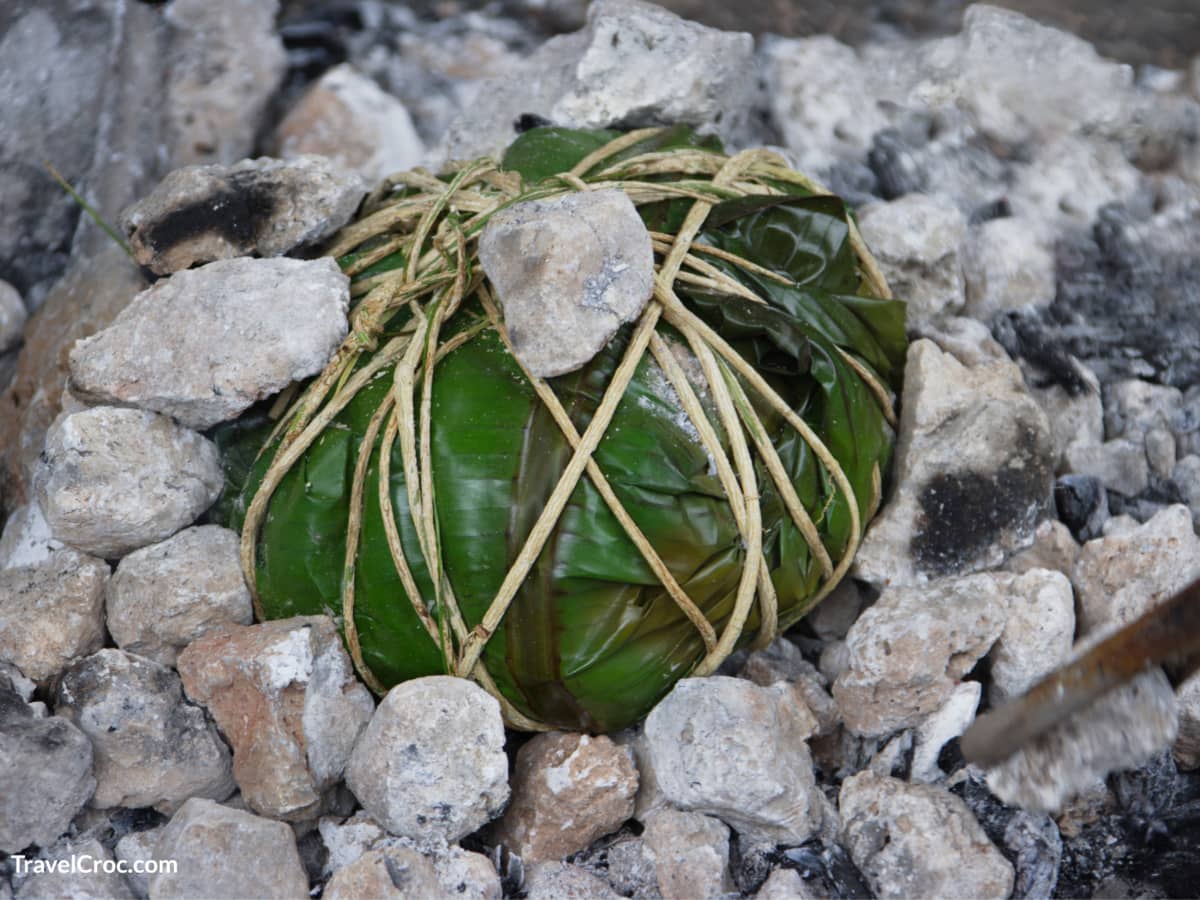
Nothing speaks of the cultural background of a country as much as its food. New Caledonia is no exception. The cultural diversity has resulted in a rich and varied tradition of food. Here you can choose from delicious dishes with Asian, French, Tahitian, and Melanesian flavors.
Where else could you sip world-famous French wine over a hearty Melanesian stew?
You will also find French pastries, croissants, and baguettes on offer. For something a little more traditional, the indigenous meal, Bougna, is very popular.
The meal consisting of chicken, lobster, or fish is cooked in coconut milk and served with yams and sweet potatoes. It’s guaranteed to satisfy even the fussiest eater.
Tapping in on the New Caledonia culture
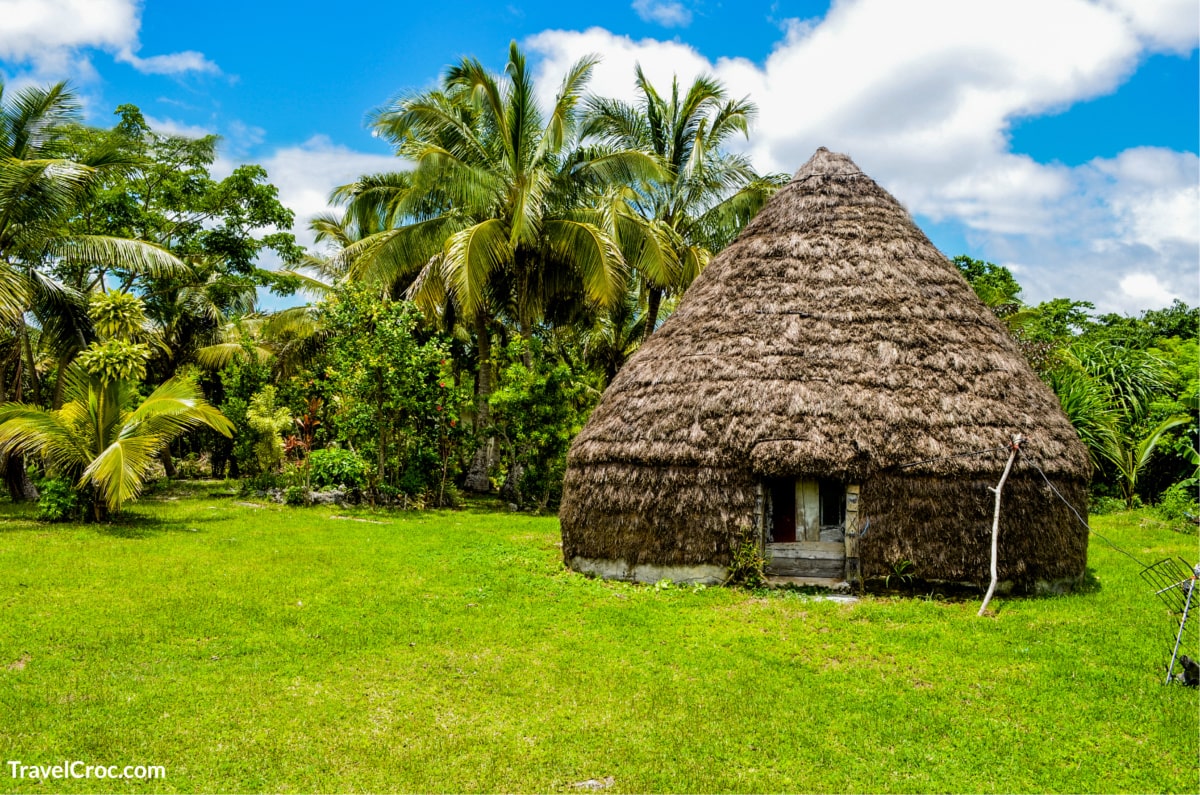
Several museums offer plenty of interesting exhibits of colonial and indigenous cultures. Theater, art galleries, and festivals also celebrate the islands’ cultural diversity. There are also several spaces dedicated to the Second World War.
The Tjibaou Cultural Centre in Noumea has a stunning collection of Kanak art, culture, and historical relics. The center also puts on music and dance shows.
One of the best ways to learn the customs and culture is to spend time with a family on the island. In recent, years, the indigenous people have started to open their communities to visitors.
Most of them live on the east coast of Grand Terre. You can choose to stay in a traditional Melanesian hut, eat the local favorites and enjoy their song and dance. At the same time, you’ll contribute financially to the community.
New Caledonia Currency
The New Caledonia currency is the Pacific franc. It is pegged at a fixed rate to the Euro and is abbreviated as CFP or XPF. Unless you use a credit card you will have to exchange your currency for the local currency when you arrive.
Most businesses in the capital city accept credit cards, but if you’re traveling into the more remote areas, you’ll need cash.
Recommended Reading: Places To Visit Nearby
New Caledonia Climate
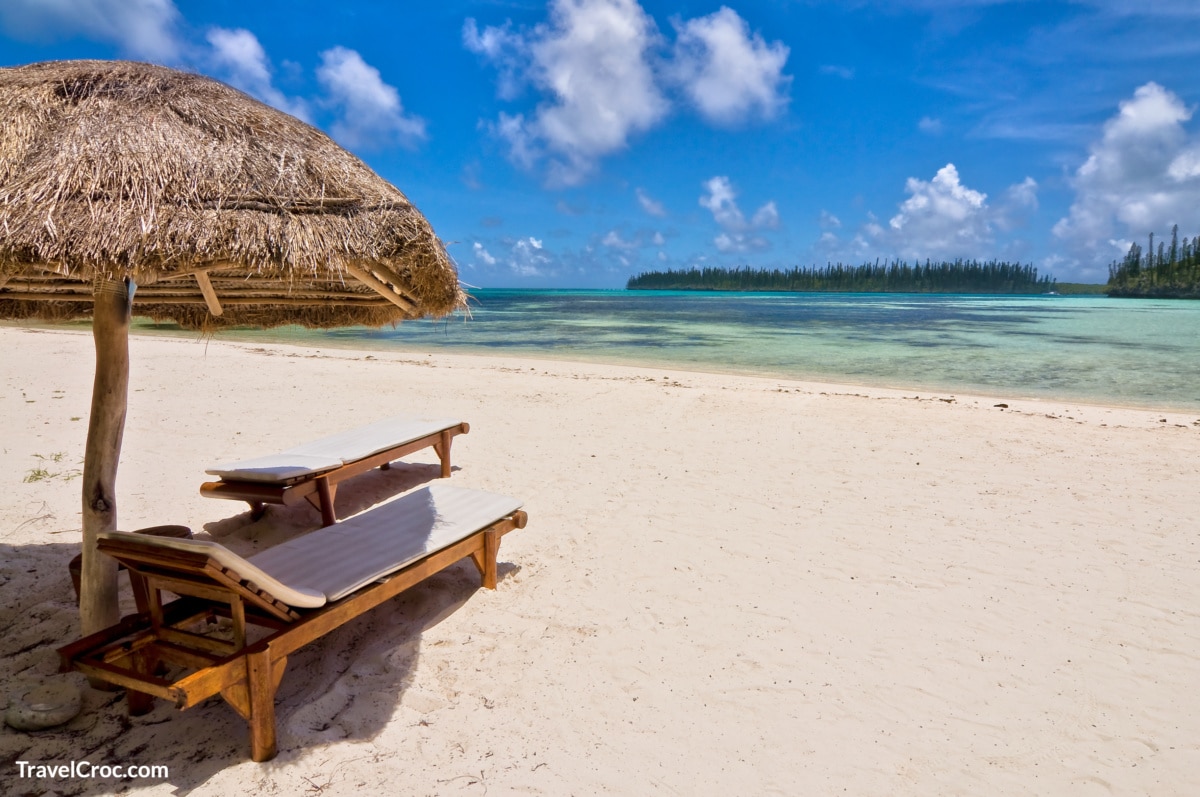
New Caledonia falls into the tropical climatic belt so temperatures are warm throughout the year. The temperature averages 24 degrees. In winter expect a drop to between 20 and 22 degrees.
In summer temperatures will rise to around 28 degrees but they can peak at 35 degrees with high humidity.
February is the wettest and warmest month of the year. The best time to travel to New Caledonia is in spring from September to December. During summer, the humidity can get uncomfortable.
Hikers may prefer the cooler winter months. The ocean waters are clearest between April and November. So, if you’re planning on diving, this is the best time of the year.
New Caledonia Tourism
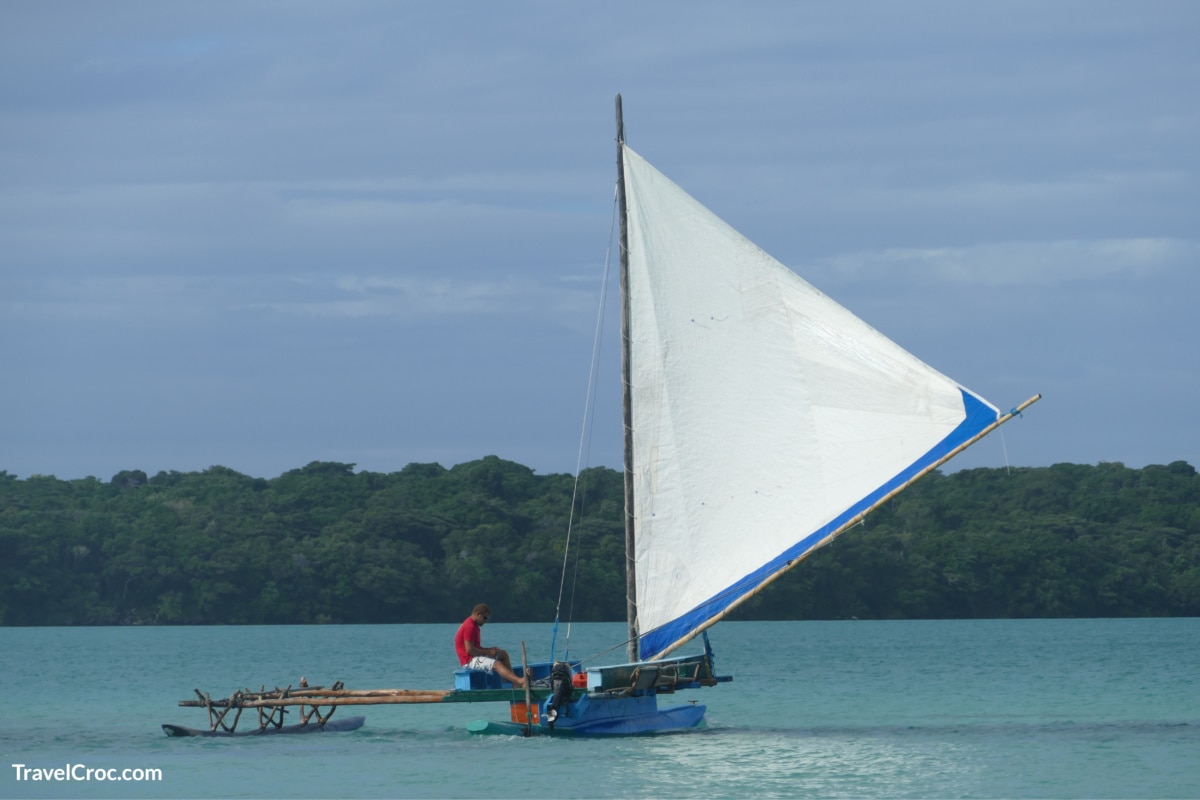
New Caledonia is the number one destination in Melanesia. 474,000 tourists crossed its borders in 2019. To put that in perspective that is 1.7 tourists per resident.
It’s easy to understand why people flock to these islands. This is a natural Paradise that attracts nature lovers, bird enthusiasts, and watersport fans.
The country has some spectacular land and seascapes. It is a particularly popular destination for diving and snorkeling because of its clear waters and diverse marine life.
The enormous lagoon is a great place for boaters, canoeists, and sailors. Here you can set forth on your own steam to discover uninhabited islands and sea-life galore. If you’d prefer company, chartered boats and guided tours offer opportunities to whale watch or catch a fish.
Quad biking, hiking, and ziplining are all popular pastimes across the island. Enjoy the natural beauty of the island on foot, by bike, or on horseback for something just a little bit different.
The main island has a mix of landscapes from the rugged mountainous spine, to the misty rainforests and pristine beaches. To the west of the island, you’ll find Savannah grasslands, good for cycling and horse riding, and to the east dense wooded areas.
New Caledonia caters to tourists so there is always something interesting to do and plenty of places to stay. You can choose from luxury resorts to island cabins or a stay in a traditional hut.
Golfers can choose to play on any of the four 18-hole golf courses. Shoppers will find all the French glamour they seek in Nouméa. Here delightful patisseries and French clothing boutiques vie for attention. While restaurants serve delicious French cuisine with an island touch.
Recommended Reading
New Caledonia Fun Facts
The country has rich mineral reserves
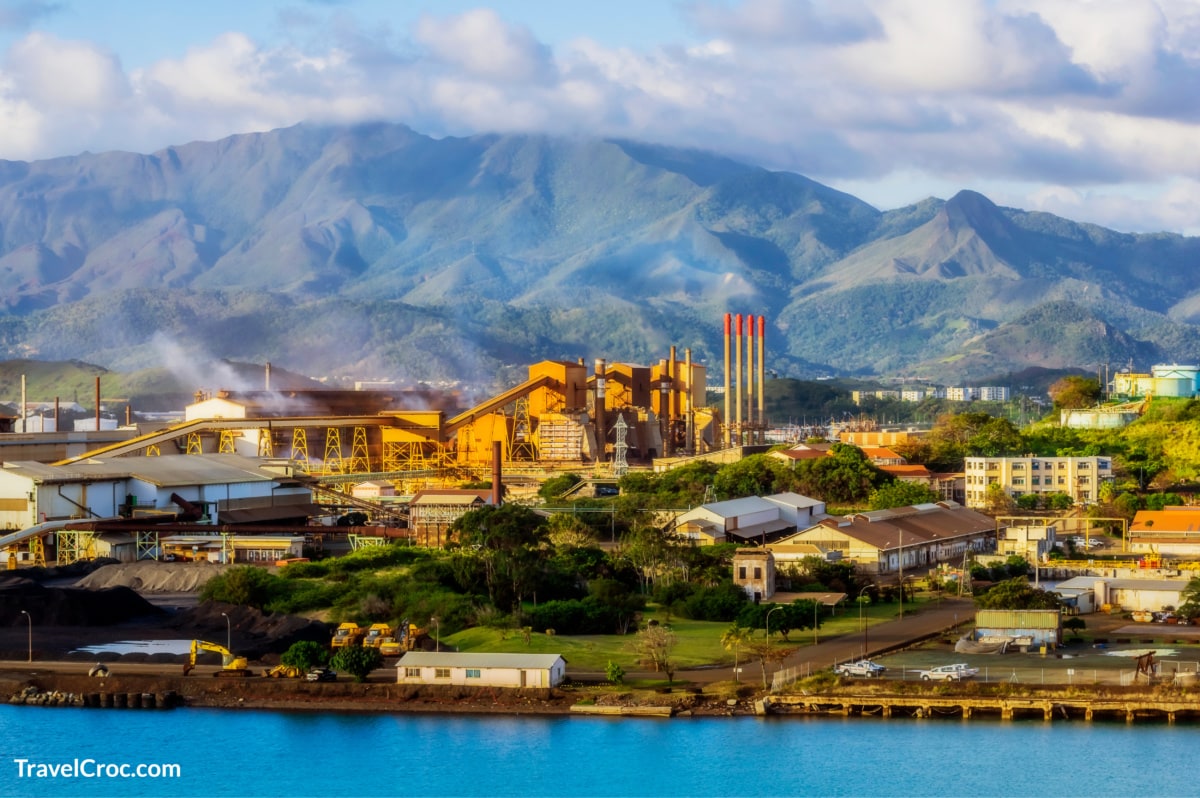
New Caledonia is well off and boasts one of the highest per capita incomes in the area. Only Australia and New Zealand have larger GDPs. Rich nickel and other mineral deposits lie at the center of its wealth. The country produces 10% of the world’s nickel.
Jules Garnier, an engineer started to mine nickel in 1894 but it wasn’t until 1960 that nickel began to make a big impact on the country’s economic growth.
The Indigenous People have been here for 3,000 years
Melanesians came to New Caledonia around 1,350 BC and there they remained, cut off from the rest of the world until the arrival of James Cooke in 1774.
New Caledonia spans 550 miles
New Caledonian territory is bigger than Hawaii. It contains four archipelagos and spans 550 miles of Ocean.
The country is part of the European Union
New Caledonia may be more than 9,000 miles from Europe but since it is a French Overseas Territory, it is part of the European Union.
The official language is French
Though the official language is French, there are more than 30 different dialects and languages spoken in New Caledonia. These include English, Japanese, Vietnamese, and 33 Melanesian dialects.
There are 22 species of bird that you will find nowhere else on earth
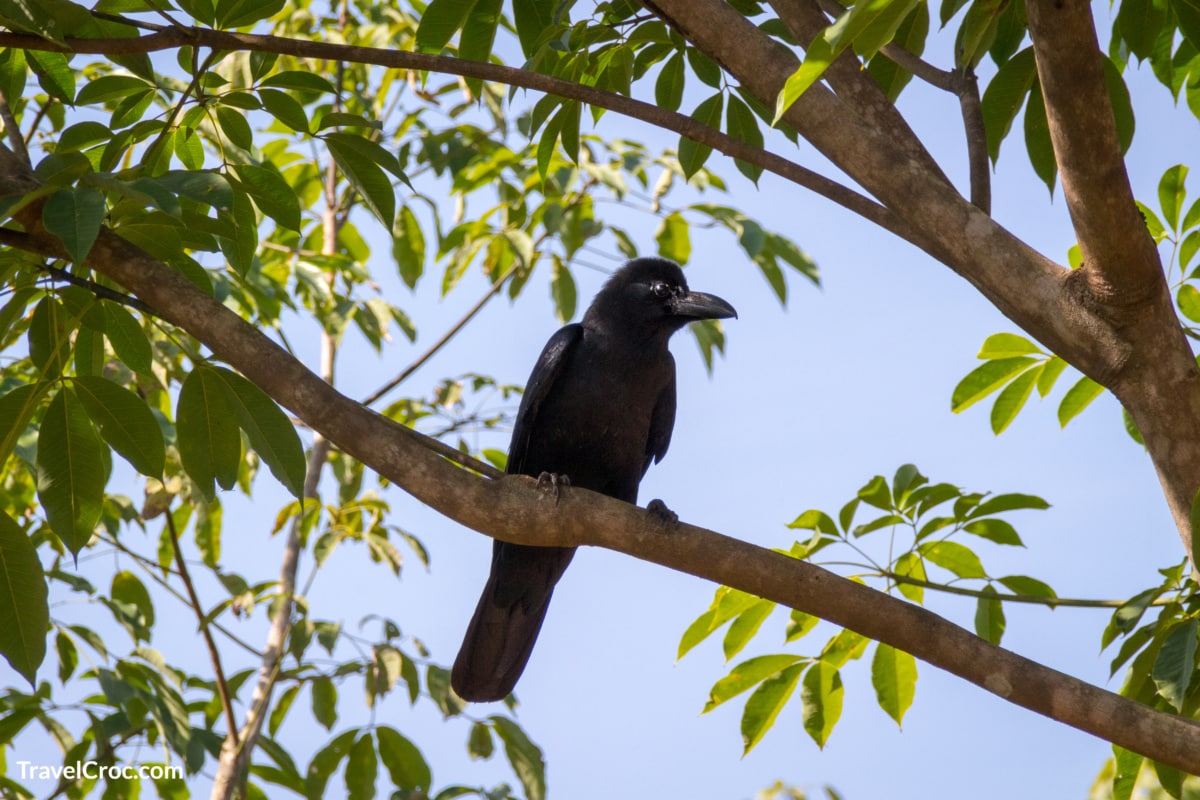
One of these rare birds is the New Caledonian crow, studied by scientists because it makes and uses tools. The bird lives only on Grand Terre and one of the Loyalty Islands.
The national bird, the cagou, is earthbound and barks like a dog. It’s a crested long-legged bird that lives in the dense forests that hug the mountain slopes.
The size of New Caledonia
New Caledonia is the third largest South Pacific Island after Papua New Guinea and New Zealand.
Recommended Reading
There are dozens of islands in New Caledonia
Besides Grand Terre, there are dozens of islands in the archipelago. The other important islands are the Loyalty Islands and the Isle of Pines
Amadee Lighthouse is one of the tallest lighthouses in the world
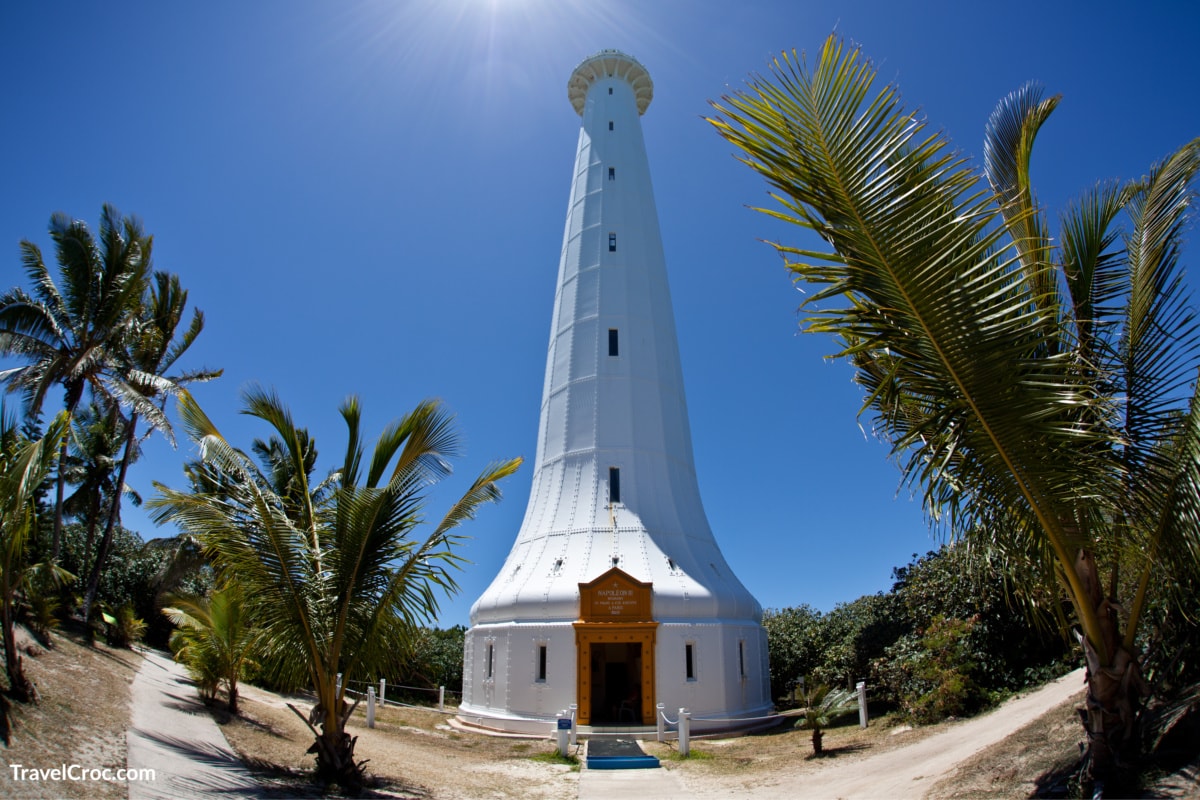
One of the tallest lighthouses in the world stands on Amadee island, just over ten miles outside the capital, Nouméa. It was the first metal lighthouse ever built in France. It first lit up the lagoon in 1865. You can climb up to the top of the lighthouse for a view of the beautiful beach below.
New Caledonia Barrier Reef Facts
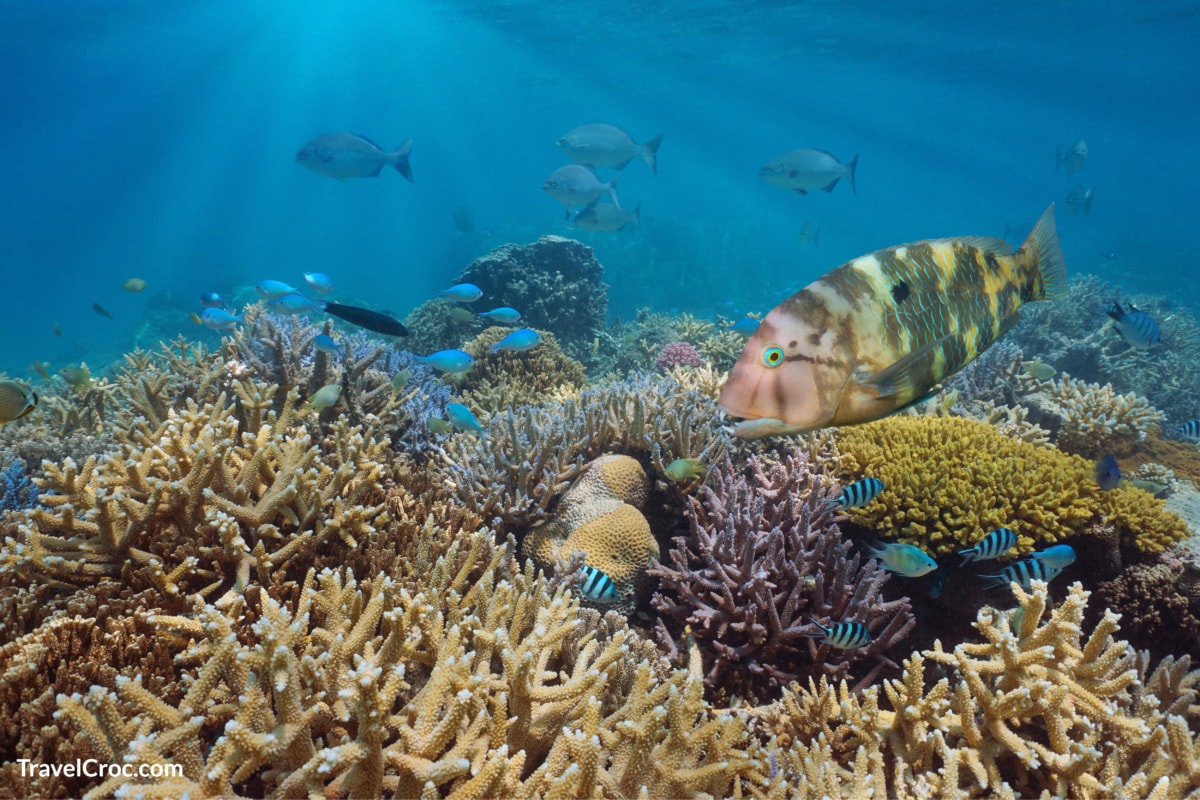
It is the longest continuous barrier reef in the world
The New Caledonia barrier reef is the longest continuous barrier reef in the world. It is also the third-largest after Australia’s Barrier Reef and the Mesoamerican reefs. The reef runs around the main island and encloses the largest reef lagoon on earth.
The lagoon is a UNESCO World Heritage Site
In 2008 New Caledonia’s lagoon became a UNESCO World Heritage site.
It is home to the second-largest marine park in the world
The Natural Park of the Coral Sea, founded in 2014, is a protected area that covers an incredible 502,000 miles of marine landscape. Whales, turtles, sharks, and the third biggest population of dugongs find shelter in the park.
The area protects 1700 species of fish and 473 species of coral. All in all, more than 9,300 species live in the marine park and scientists keep finding more.
These are some of the best-preserved reefs on earth
New Caledonia’s reef is one of the best-preserved reefs on earth and contains the most varied concentration of corals anywhere on the globe.
Conclusion
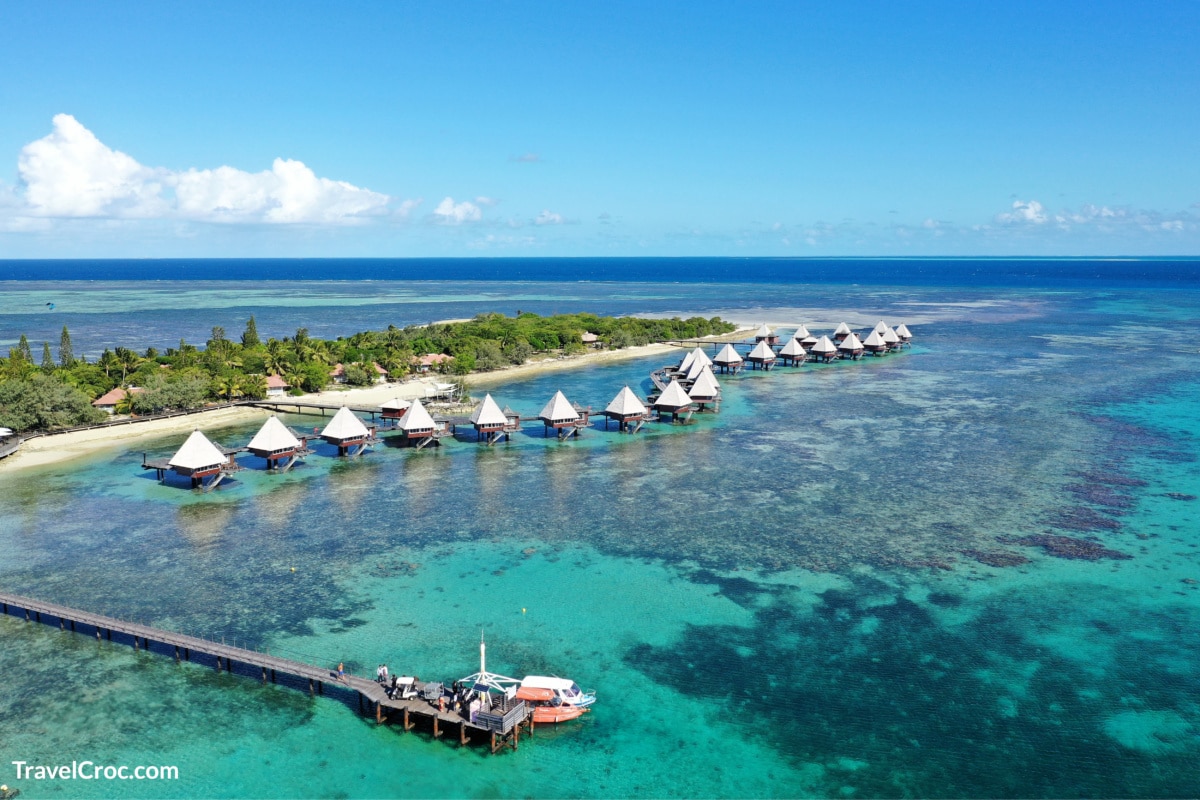
Tropical holidays don’t get much better than this. So, if you’re looking for great outdoor adventures on an Island Paradise, it may be time to pack your bags and head off to New Caledonia.
I hope you enjoyed reading all these New Caledonia facts and it helps you decide what to see and do when you finally visit.

